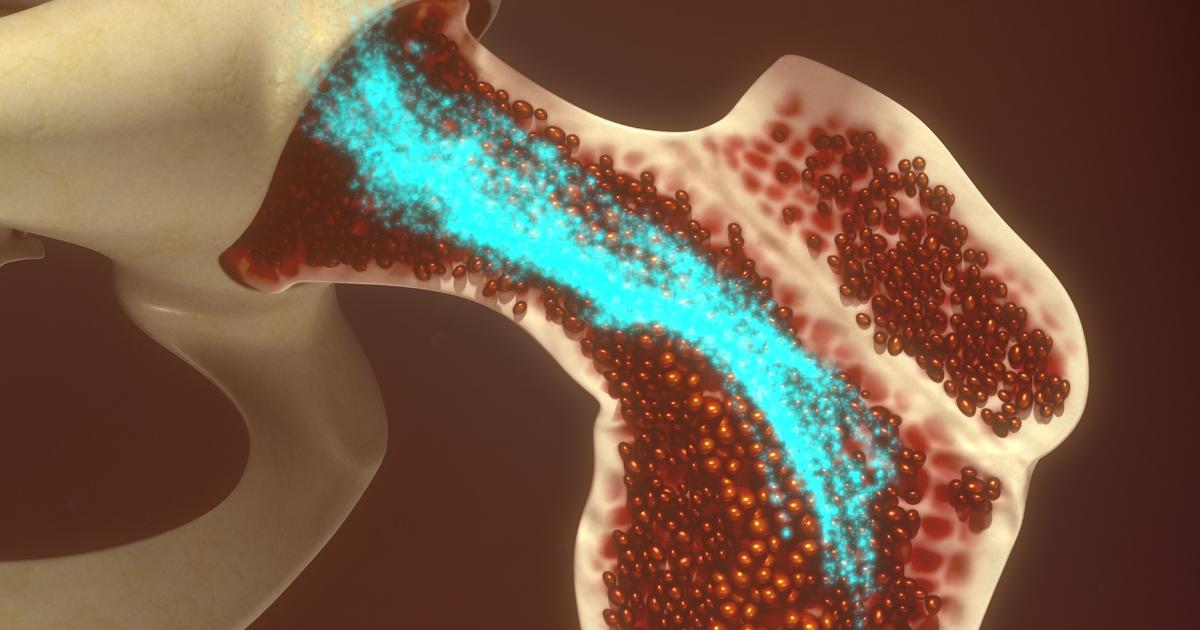Surprising Twists and Turns of a Bone Marrow Biopsy Journey
The words "bone marrow biopsy" can sound daunting, conjuring images of discomfort and uncertainty. Yet, this vital procedure—where a tiny sample from inside your bone is carefully examined—offers an unparalleled window into your body's most essential factory: your bone marrow. It’s where your blood cells are born, and when something’s amiss, a biopsy provides crucial answers that other tests simply can't. Far from being a mysterious ordeal, understanding this outpatient procedure and its 21 surprising twists and turns can transform apprehension into assurance. Join us as we demystify this critical diagnostic journey, from the initial steps to what those results truly mean for your health.
1. What Is Bone Marrow?

Bone marrow has two different physical components: a liquid portion and a solid portion. A bone marrow aspiration procedure is utilized to remove the liquid physical component of the bone marrow for analysis, where a bone marrow biopsy is utilized to extract and examine the solid physical component of the bone marrow. In the center of the bones, there is a hollow area referred to as the medullary cavity. Inside the medullary cavity are the soft tissues that make up bone marrow. Bone marrow contains red bone marrow or myeloid tissue and yellow bone marrow or fatty tissue. The bone marrow in a healthy individual produces over 200 billion new blood cells each day. The red bone marrow does most of the work in the production of new blood cells, but yellow marrow can revert to red marrow in circumstances that warrant it, like fever or blood loss. Bone marrow produces white blood cells of different variations that can survive anywhere from a few hours to several days. It also produces red blood cells that last for 120 days and platelets that last for ten days.
2. When A Biopsy Is Needed

A bone marrow biopsy may be ordered by a physician if patients have abnormal levels of red blood cells, white blood cells, or platelets. An individual who has unexplained anemia may need to undergo a bone marrow biopsy to identify its cause. A bone marrow biopsy can identify diseases of the bone marrow, including myelodysplastic syndrome or myelofibrosis, and conditions that affect the blood cells, such as leukopenia, polycythemia, and thrombocytopenia. A bone marrow biopsy can aid in the diagnosis of certain types of cancer that affect bone marrow and blood components, such as leukemias and lymphomas. A bone marrow biopsy can determine if a patient has a genetic disorder called hemochromatosis, where iron inappropriately accumulates in the blood. A bone marrow biopsy can help identify the cause of a patient's fever or infection of unknown origin. This procedure may also be used to monitor the progression of a disease, the effectiveness of treatment, and to determine the stage of cancer.
